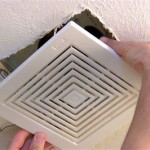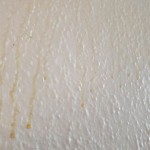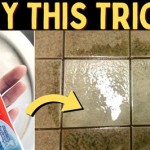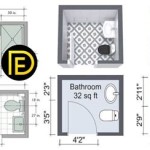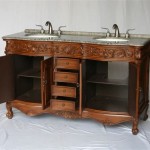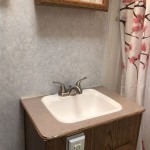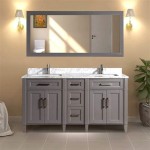```html
Do You Need a Backsplash for Bathroom Vanity: Essential Considerations
Enhancing the functionality and aesthetics of a bathroom requires careful attention to every element, including the vanity area. A backsplash is an important consideration for bathroom vanities, as it protects the wall behind the sink from water damage and adds a decorative touch. While not strictly necessary, a backsplash offers several key advantages, making it a worthwhile addition to any bathroom renovation.
To help you decide whether a backsplash is right for your bathroom, this article delves into the essential aspects to consider, exploring the benefits, materials, designs, and installation factors.
Benefits of a Bathroom Vanity Backsplash
- Water Protection: A backsplash acts as a barrier against water splashing from the sink, preventing damage to the wall and cabinetry.
- Stain Resistance: Backsplashes are typically made of materials that resist stains from toothpaste, soap, and other bathroom products.
- Aesthetic Enhancement: Backsplashes add a stylish accent to the bathroom, complementing the vanity, countertop, and other fixtures.
- Increased Property Value: High-quality backsplashes can enhance the overall appearance and value of a bathroom.
Materials for Bathroom Vanity Backsplashes
The choice of material for a bathroom vanity backsplash depends on durability, resistance to moisture, and aesthetic preferences. Common materials include:
- Tile: Ceramic, porcelain, and natural stone tiles offer durability, water resistance, and a wide range of colors and patterns.
- Glass: Glass backsplashes provide a sleek, modern look and are easy to clean and maintain.
- Quartz: Engineered quartz is highly durable, moisture-resistant, and available in various colors and textures.
- Solid Surface: Acrylic and composite solid surfaces are non-porous, resistant to stains and scratches, and offer a seamless look.
Design Considerations
Design options for bathroom vanity backsplashes are endless. Consider the following factors:
- Height: Backsplashes typically extend 4-6 inches above the countertop to provide adequate protection.
- Style: Backsplashes can complement the vanity and countertop style, ranging from traditional to contemporary.
- Color and Pattern: Choose colors and patterns that harmonize with the bathroom's overall color scheme and design.
Installation and Maintenance
Professional installation is recommended for bathroom vanity backsplashes to ensure proper sealing and durability. Regular cleaning and maintenance, such as wiping with a damp cloth, will help preserve the backsplash's appearance and functionality.
Conclusion
Whether you desire added protection, enhanced aesthetics, or increased property value, a bathroom vanity backsplash offers numerous benefits. By carefully considering the essential aspects of materials, design, and installation, you can create a functional and stylish backsplash that complements your bathroom's overall design and enhances its functionality for years to come.
```
Do You Need A Backsplash For Your Bathroom Vanity Diamond Kitchen Bath

Do Bathroom Vanities Need A Backsplash
Backsplash Advice For Your Bathroom Would You Tile The Side Walls Too Designed

Does A Bathroom Vanity Need Backsplash Bathtubber
Backsplash Advice For Your Bathroom Would You Tile The Side Walls Too Designed

Question Bathroom Vanity Backsplash Or Not Hunker

Backsplash Advice For Your Bathroom Would You Tile The Side Walls Too Designed

Backsplash Advice For Your Bathroom Would You Tile The Side Walls Too Designed

Does A Vanity Need Backsplash In The Bathroom Thediyplan

Does A Bathroom Vanity Need Backsplash Bathtubber
